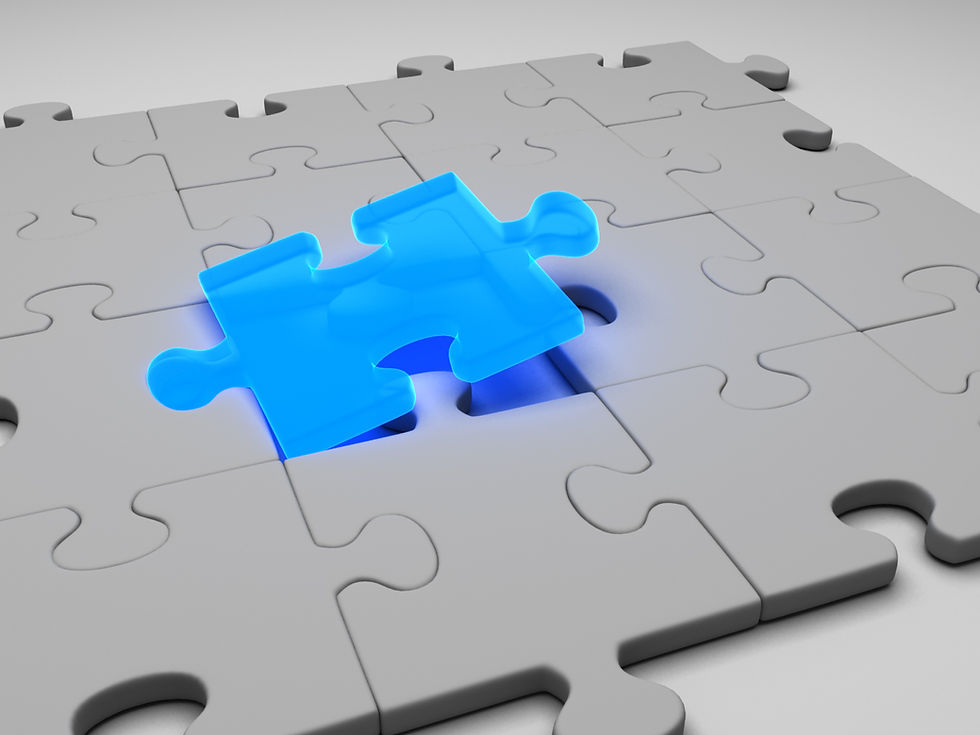Franklin Tetinou
- UK InciSioN
- Jul 23, 2020
- 3 min read
Updated: Apr 14, 2024
Please enjoy our second AFAN interview with Franklin Tetinou, Cameroonian doctor graduated from the Université des Montagnes in Cameroon.
Can you introduce yourself?
I am Tetinou Francklin Cameroonian medical doctor graduated from the Université des Montagnes in Cameroon. Financial Secretary of the Cameroon College of Physicians and Surgeons, Member of the Association of Future African Neurosurgeons, Incision Global, living in Yaoundé, Cameroon and aspiring neurosurgeons.
When did you decide you wanted to be a neurosurgeon?
My passion for neurosurgery began during 4th year medical school when one of our neurosurgeon mentor, Prof. Djientcheu Vincent, gave us neuroanatomy lessons. He had a way of making the neurology simple that impressed me. However, I can vividly remember the moment I decided to pursue a neurosurgery career irrevocably. During my first neurosurgery rotation, we received a 16-year-old female patient with traumatic brain injury and loss of consciousness. We suspected an extradural hematoma and requested a head CT scan. Unfortunately, there was no scan available in our region, and the closest neuroimaging facility was 2 hours away. I boarded the ambulance with an EMT and we travelled to the neuroimaging facility where the patient received a CT scan and was scheduled for an emergency procedure. I was disappointed that this patient could not get adequate and timely care. From that day, I took it upon myself to become a neurosurgeon and to make sure care is accessible to every Cameroonian. I now study and advocate for safe, timely, and affordable neurosurgical care through the publication of global neurosurgery studies in peer-reviewed journals and opinion pieces in mainstream media.. From that day I took it upon myself that neurosurgery should be accessible to all, and this is my current workhorse.
What is the process like in your country to become a neurosurgeon?
The neurosurgery program in Cameroon is open by competition only. But the training is not really advanced because there are very few neurosurgeons and the technical platform is not sufficiently provided.
What are some of the challenges you are facing on this journey?
The most important challenge I face right now is the finances that almost all African neurosurgery training programs are paid and my parents are no longer able to pay for my school.
What do you like best about where you are?
What I like a lot in my current situation is that I have already participated in the writing of almost 10 articles which will undoubtedly help the progress of global neurosurgery and I am in relationship with many neurosurgeons in Africa and around the world with whom I learn more every day.
What are your hope for neurosurgery and neurosurgeons in your country?
My wish for neurosurgery is that it should be accessible to everyone around the world and particularly in Africa. This is the main reason I wrote this paper recently published in the journal of neuroscience in rural practice entitled: the role of young and Future Neurosurgeons in Global neurosurgery: the perspective of the Association of Future African Neurosurgeons, which presents the means challenges that future neurosurgeons should achieve in order to make neurosurgery accessible to everyone.
Can you finish this sentence: AFAN is…
AFAN is the association of Future African Neurosurgeons: it is an association that was created in 2019 under the chairmanship of Dr Ulrick Sidney Kamougne. It brings together all aspiring African neurosurgeons and works for the advancement of research in neurosurgery, the organisation of online training by lectures on subjects of global neurosurgery interest, the search for specialisation opportunities and the development of global neurosurgery projects.
What does Global Neurosurgery mean to you?
Global Neurosurgery for me means access to neurosurgical care for everyone beginning from the most disadvantaged areas (Africa) to the least disadvantaged ones.







Comments